Wireless, technology-enabled hearing aids and osseointegrated devices are two advances that have expanded treatment options for more patients with unilateral hearing loss
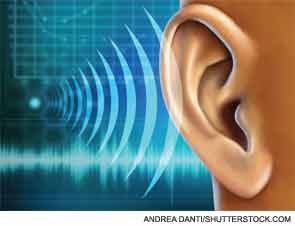

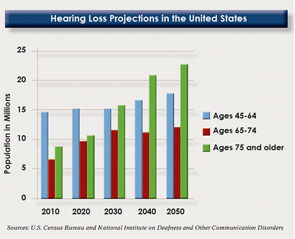
A subsidiary of UnitedHealth Group has launched an online hearing test and a line of lower-cost hearing devices that are generating alarm about patient safety among otolaryngologists.
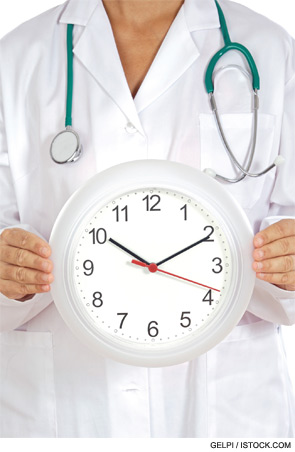
Four pairs of experts squared off at the Triological Society Combined Sections Meeting in a session of mini-debates over limits on training of residents, treatment of Zenker’s diverticulum, implantable hearing aids and the best approach to oropharyngeal cancer.
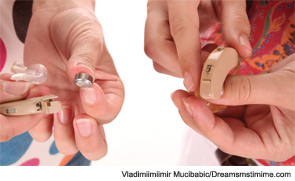
More and more options are emerging to help patients improve their hearing, a group of aural rehabilitation panelists said on Jan. 27 at the Triological Society Combined Sections Meeting.
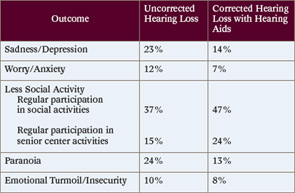
Most people will experience some degree of hearing loss as they age. Statistics from the National Institute on Deafness and Other Communication Disorders at the National institutes of Health (NIH) indicate that 30 percent of adults ages 65 to 74, and 47 percent of adults 75 years or older, have hearing loss.
Hearing aids-external electronic devices used to help individuals with hearing loss-traditionally consist of a microphone, an analog-to-digital converter, a digital signal processor, a digital-to-analog converter, and a receiver that delivers an acoustic signal into the external auditory canal. In 2008, 97% of all hearing aids sold used digital processing. Catherine V. Palmer, PhD, provides a review of current digital hearing aids.
Two studies presented at recent Triological Society meetings, both of which surveyed former otolaryngology residents about current otolaryngology surgical training and postgraduate practice and referrals, shed light on the direction in which the specialty’s training may need to move.
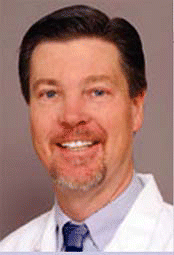
An estimated 31 million Americans are affected by some level of hearing loss and, as the population ages, that number will continue to rise.